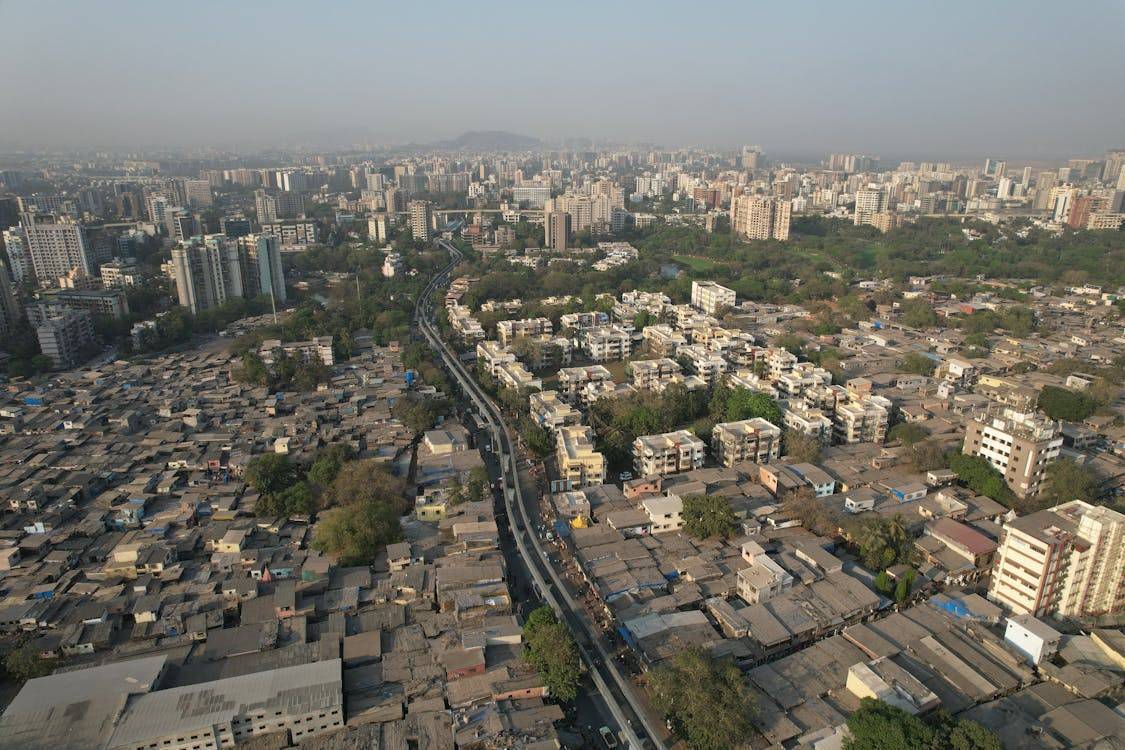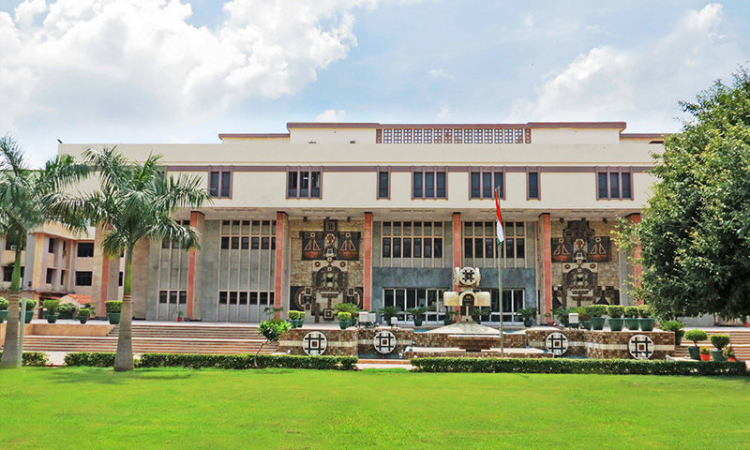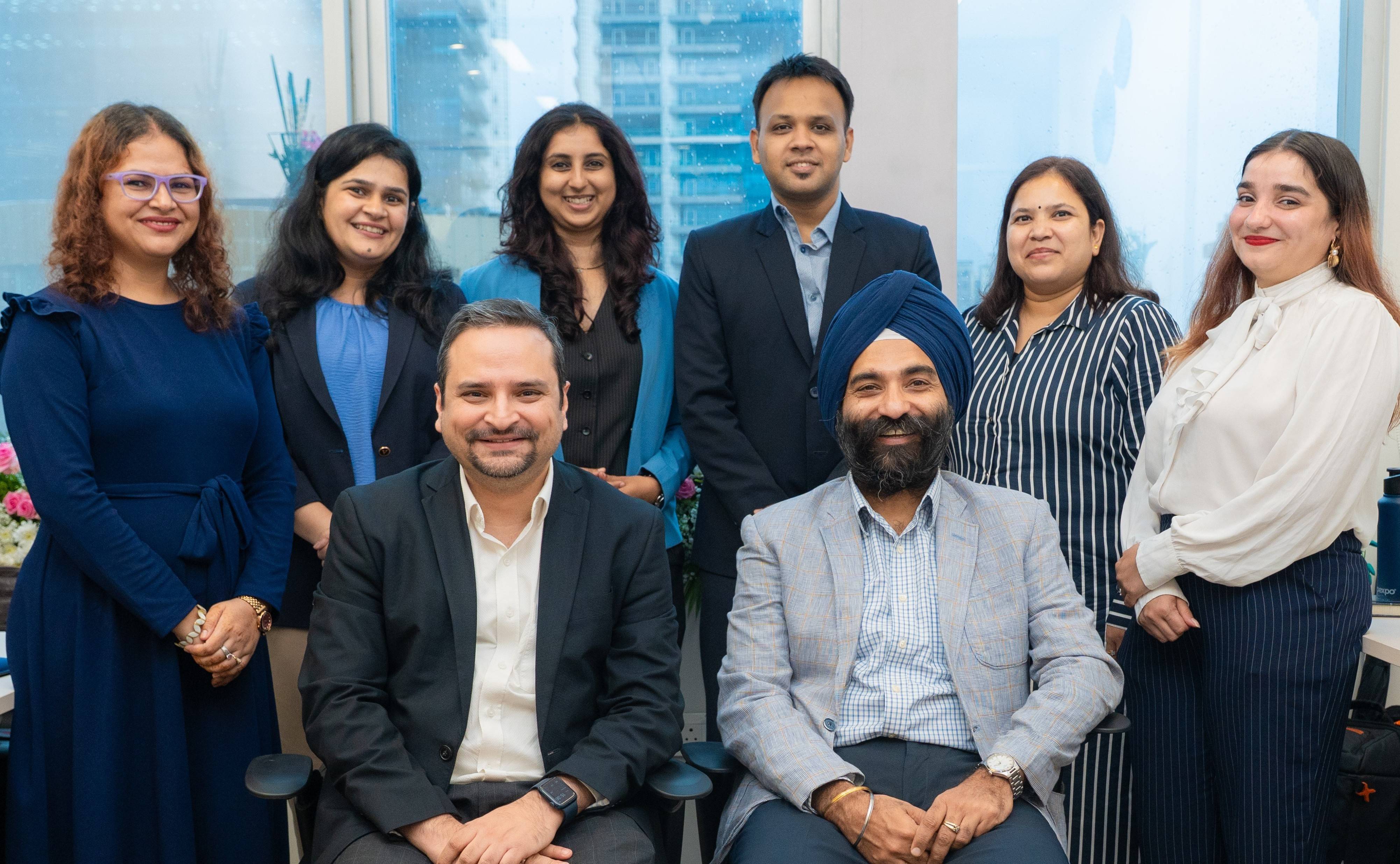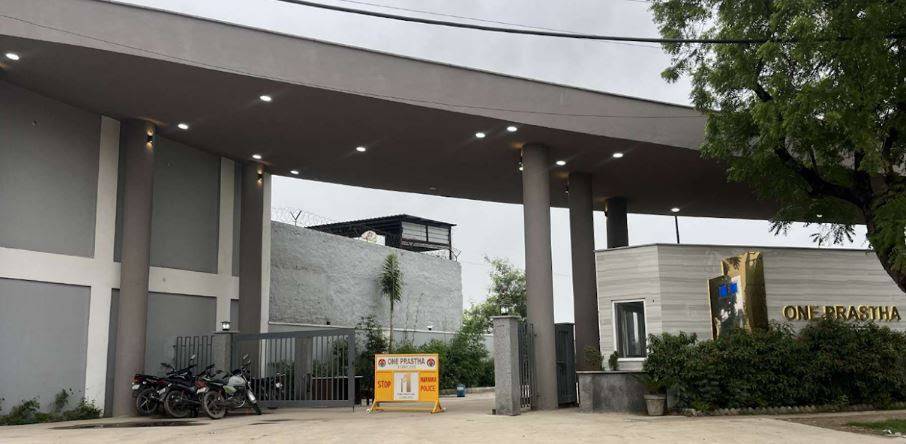The Brihanmumbai Municipal Corporation (BMC) has announced its plan to redevelop 64 slum plots located on municipal land without requiring the consent of existing residents. The redevelopment will be carried out under Regulation 33(10), VI-1.15 of the Development Control and Promotion Regulation (DCPR) 2034, which allows such exceptions for land owned by the municipal body. This model mirrors the approach taken in the Dharavi Redevelopment Project.
The clarification was issued during a pre-bid meeting held with developers, where BMC officials explained that consent from slum dwellers is not required in cases where the land is under BMC ownership. The civic body believes that this clause will help accelerate the implementation of redevelopment projects that typically experience delays due to the process of collecting individual consents.
Background and Scope of the Redevelopment
In March 2025, the Maharashtra government formally transferred development rights of these municipal slum plots to the BMC. Following this, on May 10, the BMC issued an Expression of Interest (EOI) inviting private developers to participate in the redevelopment exercise. The identified plots span an estimated 400,000 square metres and are mostly concentrated in Mumbai’s suburbs, with areas like Govandi and Malad East accounting for a significant share.
As per the proposal, the redevelopment will follow the Slum Rehabilitation Authority (SRA) model in terms of eligibility criteria, rehabilitation housing, and allotment procedures. However, BMC will take on the role of the implementing authority instead of the SRA.
Project Bidding and Execution Plan
Developers have been given until June 25, 2025, to submit their bids. The bid deadline was extended after a clarification document was issued on June 10 to address questions raised during the pre-bid interaction. Technical evaluations will begin once submissions are received on the same day.
The selected developers will be required to undertake comprehensive tasks — including conducting resident surveys, identifying eligible households, submitting beneficiary lists, and executing the construction. A portion of the constructed housing units will need to be handed over to the BMC as per the development regulations.
Civic Position on Consent Requirement
BMC officials reiterated that since the civic body holds ownership of the land, the redevelopment of these plots does not require majority consent from slum residents. This interpretation of the DCPR provision was communicated clearly to potential bidders to remove ambiguity around legal and procedural obligations.
Community and Planning Perspectives
While the BMC’s legal position is clear, urban planning professionals and local civil society groups have raised flags about the lack of transparency and public participation in the process. Faiyaz Alam, who heads the New Sangam Welfare Forum based in Govandi, has expressed concern about the absence of official communication with residents. According to Alam, affected communities have not received any notices, nor have formal surveys or consultations taken place prior to the redevelopment announcement. Though there is no opposition to redevelopment in principle, Alam emphasized the need for resident involvement to ensure clarity and fairness.
From a planning standpoint, Dhaval Parsana, an architect and redevelopment expert with Project Maitree, noted that while BMC’s authority as a landowner gives it legal grounds to initiate redevelopment without consent, the procedural framework must still be followed carefully — particularly in relation to eviction or resettlement. He pointed out that even with legal backing, the redevelopment must be participatory to avoid social resistance and litigation.
Parsana also flagged potential concerns from the developer’s side. Given the extensive scope of work — from conducting detailed surveys and preparing annexures to managing free rehabilitation housing — developers may find the financial model challenging unless sufficient commercial incentives are built into the framework.
Upon appointment, selected developers will need to begin the process of community interaction, initiate surveys to determine eligibility for rehabilitation housing, and prepare detailed project implementation plans. The BMC has committed to assisting developers with enforcement and eviction support when needed.
Despite the legal provisions that allow bypassing resident consent, urban planners and housing experts caution that the broader issues of displacement, transparency, and post-rehabilitation monitoring must not be overlooked. There is concern that slum dwellers found ineligible for rehabilitation may be pushed into new informal settlements, undermining the goal of slum reduction.









.png)